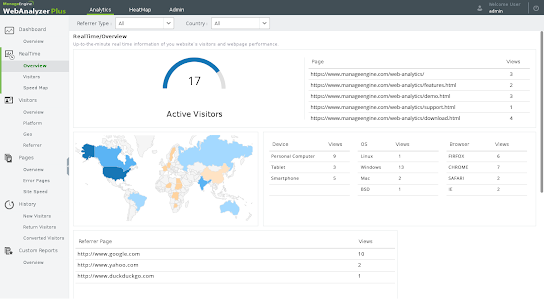Mobile Computing Technology
Mobile computing Technology refers to the definition of multiple layers between user application interfaces, devices, and network hardware. A well-defined architecture is necessary for systematic calculations and access to data and software objects.
Mobile computing usually implies wireless transmission but, wireless transmission does not imply mobile computing. Mobile computing follows some of the attributes. List of attributes are mentioned in this earlier post.
3-Tier Architecture of Mobile computing:-

Each tier is distributed to a different place or places in a network. These tiers do not necessarily correspond to physical locations on various computers on a network, but rather to logical layers of the application.
This is only because of Mobile Computing technology that you can access and transmit data from any remote locations without being present there physically. Mobile computing technology provides a vast coverage diameter for communication. It is one of the fastest and most reliable sectors of the computing technology field.
The concept of Mobile Computing can be divided into three parts:
- Mobile Communication
- Mobile Hardware
- Mobile Software
Mobile Communication
Mobile Communication Specifies a framework that is responsible for the working of mobile computing technology. In this case, mobile communication refers to an infrastructure that ensures seamless and reliable communication among wireless devices. This framework ensures the consistency and reliability of communication between wireless devices.

Mobile Hardware
Mobile hardware consists of mobile devices or device components that can be used to receive or access the service of mobility. Examples of mobile hardware can be smartphones, laptops, portable PCs, tablet PCs, Personal Digital Assistants, etc.
Mobile Software
Mobile software is a program that runs on mobile hardware. This is designed to deal capably with the characteristics and requirements of mobile applications. This is the operating system for the appliance of mobile devices. In other words, you can say it the heart of the mobile systems. This is an essential component that operates the mobile device.


Super bro it is very educational
ReplyDeletethank for your support
Deletesuper
ReplyDelete